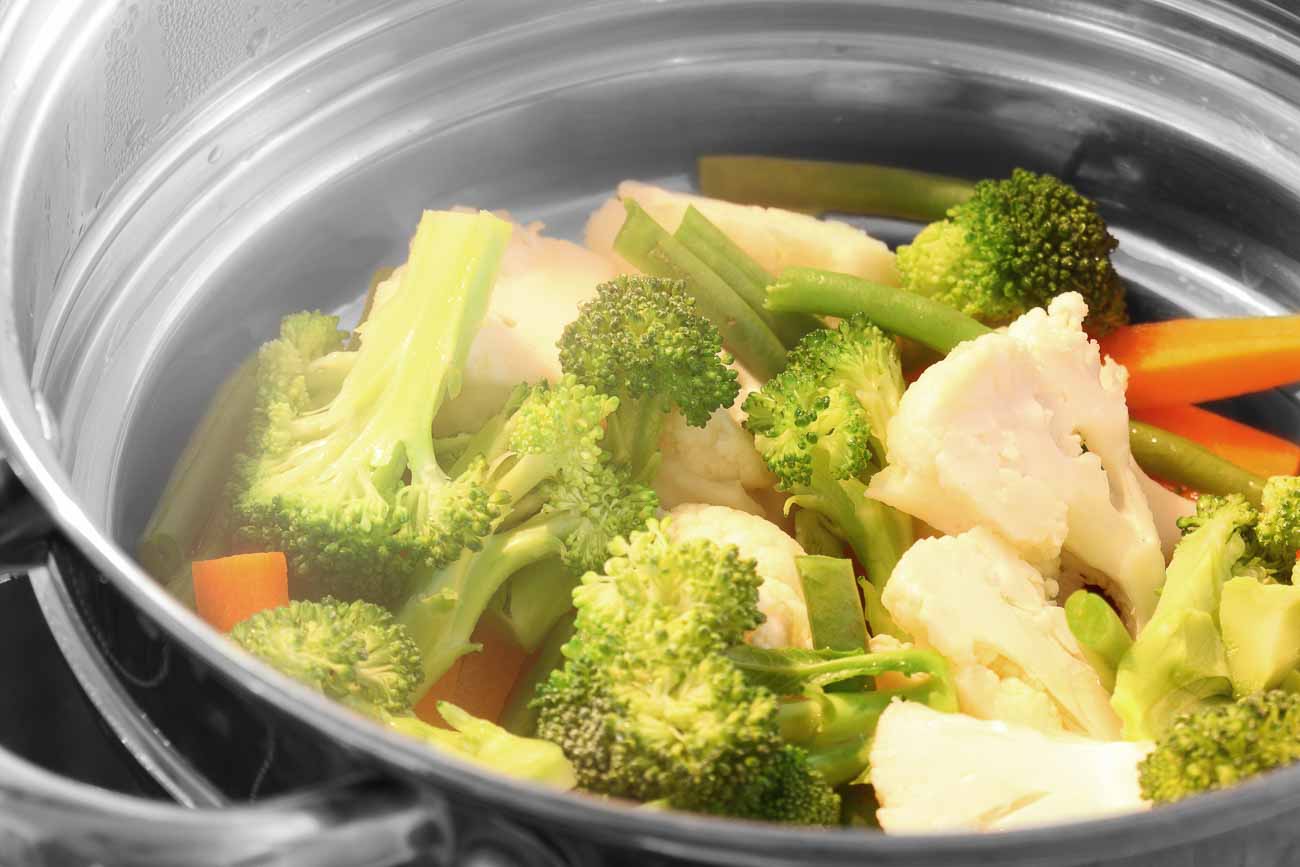

Articles
How To Steam Veggies With A Steamer
Modified: February 28, 2024
Learn how to steam vegetables easily and efficiently with a steamer. Find helpful articles and tips to ensure perfectly cooked veggies every time.
(Many of the links in this article redirect to a specific reviewed product. Your purchase of these products through affiliate links helps to generate commission for Storables.com, at no extra cost. Learn more)
Introduction
Steaming vegetables is a simple and healthy cooking method that helps retain their natural flavors, colors, and nutrients. Steamed veggies are a versatile and delicious addition to any meal, whether you’re a vegetarian, vegan, or just looking to incorporate more plant-based foods into your diet.
In this article, we will explore the benefits of steaming vegetables, the different types of steamers available, how to choose the right vegetables for steaming, and step-by-step instructions on how to steam veggies using a steamer. We will also discuss how to test for doneness, season the steamed vegetables, and share tips for serving and enjoying them.
Furthermore, we will provide guidance on cleaning and maintaining your steamer to ensure its longevity and optimal performance. By the end of this article, you will be equipped with the necessary knowledge and skills to confidently steam your favorite veggies, creating healthy and delicious dishes for yourself and your loved ones.
So, without further ado, let’s dive into the wonderful world of steaming veggies and discover the many benefits it has to offer!
Key Takeaways:
- Steaming vegetables preserves nutrients, enhances digestibility, and supports heart health. Choose the right veggies, season to taste, and enjoy the versatile, nutritious benefits of steamed dishes.
- From selecting fresh produce to cleaning your steamer, master the art of steaming veggies. Embrace the health benefits, experiment with seasonings, and savor the delicious, nutrient-rich results.
Read also: 15 Amazing Veggie Steamer for 2024
Benefits of Steaming Veggies
Steaming vegetables is not only a quick and easy cooking method, but it also offers numerous health benefits. Here are some of the advantages of steaming veggies:
- Retains Nutrients: Steaming vegetables helps to preserve their natural vitamins, minerals, and antioxidants. Unlike boiling or frying, which can cause nutrient loss, steaming ensures that you’re getting the maximum nutritional value from your veggies.
- Enhances Digestibility: Steaming breaks down the cell walls of vegetables, making them easier to digest. This can be especially beneficial for those with sensitive stomachs or digestive issues.
- Preserves Color and Texture: Steaming allows vegetables to retain their vibrant colors and crisp texture, creating visually appealing and appetizing dishes.
- Reduces Caloric Intake: Steaming vegetables without adding oil or butter can help in weight management as it eliminates the need for additional calories from fats. It allows you to enjoy a low-calorie and nutrient-dense meal.
- Supports Heart Health: Steamed veggies are heart-healthy as they are low in saturated fats and cholesterol. Including a variety of vegetables in your diet helps lower the risk of heart disease.
- Increases Hydration: Steaming vegetables helps retain moisture in the food, preventing them from drying out during the cooking process. This can contribute to your overall hydration levels.
- Allows for Versatility: Steamed veggies serve as a versatile base for various dishes. You can incorporate them into salads, stir-fries, pasta dishes, or enjoy them as a side dish alongside your favorite proteins.
- Time and Energy Efficient: Steaming vegetables is a quick method that requires minimal preparation and cooking time. It also conserves energy by using less water and reducing cooking time compared to boiling.
By steaming your veggies, you can enjoy the multitude of health benefits they offer while savoring their natural flavors and textures. Now that we understand the advantages of steaming, let’s explore the different types of steamers available to help you get started.
Different Types of Steamers
When it comes to steaming vegetables, there are several types of steamers available, each offering their own unique features and benefits. Let’s take a look at the most common types:
- Basket Steamer: This is the most traditional and widely used type of steamer. It consists of a pot or pan with a removable basket or tray that holds the vegetables. To use a basket steamer, simply add water to the pot, place the basket with the vegetables on top, cover with a lid, and let the steam do its magic.
- Electric Steamer: Electric steamers are convenient and user-friendly. They come with built-in water reservoirs and multiple compartments for steaming different vegetables simultaneously. These steamers are equipped with a timer and automatic shut-off feature, ensuring that your veggies are perfectly cooked every time.
- Microwave Steamer: This type of steamer allows you to steam veggies in the microwave, making it a quick and efficient option. Microwave steamers typically consist of a BPA-free plastic container with vented lids or steamer inserts. Simply add a small amount of water to the container, place the veggies on the steamer tray, and microwave according to the instructions.
- Stovetop Steamer Insert: If you already have a pot or pan at home, you can purchase a stovetop steamer insert. These inserts are designed to fit inside your existing cookware, allowing you to steam vegetables without investing in a separate steamer. They usually consist of stainless steel or silicone material and have built-in steam vents.
- Bamboo Steamer: Bamboo steamers are commonly used in Asian cuisine. These stackable steamers are made from natural materials and have multiple layers. They are placed over a wok or pot filled with boiling water, and the steam rises through the bamboo layers, cooking the vegetables. Bamboo steamers impart a unique flavor and aroma to the food.
When choosing a steamer, consider your cooking preferences, kitchen setup, and storage space. Each type of steamer has its own advantages, so choose one that suits your needs and lifestyle. Now that you’re familiar with different steamer options, let’s move on to selecting the right vegetables for steaming.
Choosing the Right Vegetables
When it comes to steaming vegetables, it’s important to choose the right ones to ensure a tasty and nutritious result. Here are some factors to consider when selecting vegetables for steaming:
- Freshness: Choose vegetables that are fresh and firm, with vibrant colors and crisp texture. Fresh vegetables not only taste better but also retain more nutrients.
- Seasonality: Opt for vegetables that are in season as they tend to have better flavor and are more readily available. Plus, they are often more affordable.
- Density and Cooking Time: Consider the density and cooking time of the vegetables. Harder vegetables like carrots and potatoes may require slightly longer cooking times compared to softer vegetables like broccoli or zucchini. It’s possible to steam different types of vegetables together by adjusting the cooking time accordingly.
- Diversity: Aim for a variety of vegetables to make your steamed vegetable medley more colorful and flavorful. Include a mix of leafy greens, root vegetables, cruciferous vegetables, and other favorites like bell peppers or asparagus.
- Preference: Ultimately, choose vegetables that you enjoy eating. Steaming is a versatile cooking method that works well with a wide range of vegetables, so feel free to experiment and find your favorites.
Some popular vegetables that are excellent for steaming include broccoli, cauliflower, carrots, Brussels sprouts, green beans, asparagus, zucchini, spinach, kale, and snow peas. These vegetables retain their shape, color, and nutritional value when steamed.
Remember to wash your vegetables thoroughly before steaming to remove any dirt or debris. Once you’ve selected and prepared your veggies, it’s time to move on to the next step, which is preparing them for steaming.
Preparing the Vegetables for Steaming
Properly preparing the vegetables before steaming ensures that they cook evenly and retain their optimal texture and flavor. Here are some steps to follow when preparing vegetables for steaming:
- Washing: Start by washing the vegetables under cold running water to remove any dirt or residue. Use a vegetable brush to clean firm vegetables like carrots or potatoes.
- Trimming: Trim off any stems, ends, or tough parts of the vegetables. For broccoli or cauliflower, remove the outer leaves and cut them into florets. If using asparagus, snap off the woody ends.
- Slicing/Cutting: Depending on your preference, you can slice or cut the vegetables into smaller pieces for faster and more even cooking. Keep in mind that thicker pieces may require slightly longer cooking times.
- Uniform Size: Try to cut the vegetables into uniform sizes to ensure that they cook evenly. This is especially important when steaming a variety of vegetables together.
It’s important not to over-peel or over-trim the vegetables, as this can result in nutrient loss. Try to retain as much of the vegetable as possible while removing any unwanted parts.
Once you’ve prepared the vegetables, it’s time to set up the steamer for cooking. Let’s explore the next step in the process.
Read also: 8 Best Veggie Steamer Basket for 2024
Setting up the Steamer
Setting up your steamer properly ensures an efficient and effective cooking process. Here’s how to set up your steamer:
- Fill the Reservoir: If you’re using an electric steamer or a steamer that requires water, fill the reservoir with the recommended amount of water. This can usually be found in the user manual or indicated by a water level marker. Ensure that you use fresh, clean water.
- Preheat the Steamer: Turn on your steamer and allow it to preheat. This step may vary depending on the type of steamer you’re using. If you’re using a stovetop steamer, preheat the pot with water in it.
- Arrange the Vegetables: Place the prepared vegetables in the steamer basket or tray, making sure that they are evenly spread out and not overcrowded. Overcrowding may prevent proper steam circulation and result in uneven cooking.
- Cover the Steamer: Cover the steamer with the lid, ensuring a tight seal. This helps to trap the steam and cook the vegetables evenly.
It’s important to refer to the manufacturer’s instructions for your specific steamer model, as the setup process may vary. Electric steamers usually have preset steam settings or timers that you can adjust based on the vegetables you’re steaming.
Once your steamer is set up, it’s time to start steaming the vegetables. Let’s move on to the next step in the process.
When steaming veggies with a steamer, make sure to cut them into uniform pieces to ensure even cooking. This will help all the veggies to be cooked to perfection at the same time.
Steaming the Vegetables
Now that your steamer is set up and ready to go, it’s time to start steaming your vegetables. Follow these steps for a successful steaming process:
- Place the Steamer on Heat: If using a stovetop steamer, place it over medium heat. For electric steamers, simply turn on the power according to the manufacturer’s instructions.
- Steam the Vegetables: Allow the water to come to a gentle boil, generating steam. Once steam is visible, place the steamer basket or tray with the prepared vegetables over the boiling water.
- Cooking Time: Steam the vegetables according to their cooking time. Generally, most vegetables take around 5-10 minutes to steam, depending on their size and density. Leafy greens like spinach or kale may require shorter cooking times, while denser vegetables like potatoes or carrots may take a bit longer.
- Check for Doneness: To check if the vegetables are done, insert a fork or a knife into the thickest part. If it easily glides through, the vegetables are cooked. If there is resistance, continue steaming for a few more minutes and check again.
It’s important not to overcook the vegetables, as they can become mushy and lose their vibrant color and nutrients. Keep a close eye on the cooking process and make sure to cook them to your desired level of tenderness.
Once the vegetables are cooked to perfection, it’s time to move on to the next step: testing for doneness.
Testing the Doneness
Testing the doneness of steamed vegetables is important to ensure that they are cooked to your desired level of tenderness. Here are a few methods to test if your vegetables are done:
- Fork or Knife Test: Gently pierce the thickest part of the vegetable with a fork or knife. If it easily slides through, the vegetables are cooked. If there is resistance or if they feel firm, continue steaming for a few more minutes before testing again.
- Taste Test: Carefully take a small piece of the vegetable and taste it. If it is tender and cooked to your liking, the vegetables are done. If it still feels raw or overly firm, steam for a little longer.
- Color and Texture: Look for vibrant colors and slightly crisp, yet tender textures in your steamed vegetables. They should retain their natural colors and have a pleasing texture without being mushy or overly soft.
Remember that the cooking time may vary depending on the size and density of the vegetables. Leafy greens like spinach or kale will cook much quicker compared to root vegetables like potatoes or carrots. It’s always a good idea to test a few pieces before removing the vegetables from the steamer.
Once the vegetables are cooked to your desired level of tenderness, it’s time to move on to the next step: seasoning the steamed vegetables to enhance their flavors.
Seasoning the Steamed Vegetables
While steamed vegetables are delicious on their own, adding seasoning can elevate their flavors and make them even more enjoyable. Here are some ideas for seasoning your steamed vegetables:
- Salt and Pepper: A simple combination of salt and pepper can enhance the natural flavors of the vegetables without overpowering them. Sprinkle a pinch of salt and a dash of freshly ground black pepper for a classic seasoning.
- Herbs and Spices: Experiment with different herbs and spices to add depth and complexity to your steamed veggies. Popular choices include garlic powder, onion powder, paprika, dried oregano, basil, or thyme. Toss the vegetables with a small amount of olive oil and your preferred herbs and spices for a burst of flavor.
- Citrus Zest or Juice: Brighten up your steamed vegetables with a squeeze of lemon, lime, or orange juice. Alternatively, grate some citrus zest over the veggies for a refreshing twist.
- Soy Sauce or Tamari: For an umami flavor, drizzle a small amount of soy sauce or tamari over your steamed vegetables. The salty and savory notes will add depth and richness to the dish.
- Balsamic Glaze or Vinegar: Add a touch of sweetness and tanginess by drizzling balsamic glaze or vinegar over your steamed vegetables. The acidity will balance out the flavors and provide a delectable finishing touch.
- Cheese: If you enjoy cheese, sprinkle some grated Parmesan, feta, or cheddar over your steamed veggies. The melted cheese will add a creamy, savory element to the dish.
- Nuts or Seeds: Toasted nuts or seeds can provide a satisfying crunch to your steamed vegetables. Try sprinkling some slivered almonds, sesame seeds, or pine nuts for a delightful texture and nutty flavor.
Feel free to mix and match different seasonings based on your taste preferences and the type of vegetables you’re steaming. If you’re unsure, start with a small amount of seasoning and adjust to your liking.
Once your vegetables are seasoned to perfection, it’s time to serve and enjoy the delicious steamed veggies.
Read also: 11 Best Microwave Veggie Steamer for 2024
Serving and Enjoying the Steamed Veggies
Now that your steamed vegetables are perfectly cooked and seasoned, it’s time to serve and enjoy them in all their deliciousness. Here are some tips for serving and savoring your steamed veggies:
- Plating: Carefully transfer the steamed vegetables to a serving dish or individual plates. Arrange them in an aesthetically pleasing manner, creating a visually appealing presentation.
- Garnish: Consider adding a fresh herb garnish, such as chopped parsley or cilantro, to add a pop of color and freshness to the dish. This will also provide a hint of additional flavor.
- Pairing: Steamed vegetables make a versatile side dish that complements a variety of main courses. They pair well with proteins like grilled chicken, fish, or tofu. You can also toss them with cooked pasta or rice for a complete and nutritious meal.
- Sauce or Dressing: To further enhance the flavors, you can drizzle your steamed vegetables with a flavorful sauce or dressing. Consider options like tahini sauce, yogurt-based dressings, or homemade vinaigrettes.
- Texture and Crunch: If you enjoy contrasting textures, consider adding some crunchy elements to your dish. Sprinkle some toasted nuts or seeds, such as almonds, sunflower seeds, or pepitas, over the steamed vegetables for an added crunch.
- Leftovers: If you have any leftovers, store them in an airtight container in the refrigerator. Steamed vegetables can be enjoyed cold as a salad or reheated for future meals.
Remember to savor each bite of your steamed vegetables and appreciate the flavors and textures that have been preserved through the gentle cooking process. Enjoy the nutritious and delicious goodness that these vegetables provide.
After enjoying your meal, it’s time to clean and maintain your steamer for its longevity and optimal performance. Let’s explore the next step in the process.
Cleaning and Maintaining the Steamer
To ensure your steamer remains in good condition and provides optimal performance, it’s important to clean and maintain it regularly. Here are some steps to follow for cleaning and maintaining your steamer:
- Unplug and Cool Down: If you’re using an electric steamer, unplug it from the power source and allow it to cool down before cleaning.
- Detach Removable Parts: If your steamer has removable parts, such as a steamer basket or tray, remove them carefully. Rinse them with warm water to remove any leftover food particles.
- Hand Wash or Dishwasher: Clean the removable parts by hand using warm, soapy water and a gentle sponge or brush. Alternatively, check the manufacturer’s instructions to see if they are dishwasher safe.
- Cleaning the Main Unit: For the main unit of your steamer, wipe it down with a clean, damp cloth. Be careful not to let any water or liquid enter the electrical components.
- Descale (if necessary): If your steamer has a water reservoir or built-in water tank, it may accumulate mineral deposits over time. To descale, mix equal parts of water and white vinegar. Fill the reservoir with the mixture, let it sit for a few hours, then rinse thoroughly.
- Storing: Before storing your steamer, ensure that all parts are completely dry. This helps prevent mold or mildew growth. If possible, store the steamer disassembled to save space.
- Regular Maintenance: To maintain the performance of your steamer, follow any additional maintenance instructions provided by the manufacturer. This may include descaling at regular intervals or replacing certain parts when necessary.
By cleaning and maintaining your steamer regularly, you can extend its lifespan and ensure that it continues to function optimally, providing you with delicious and healthy steamed vegetables for years to come.
Now that you have learned how to clean and maintain your steamer, let’s conclude this article with a brief recap of the key points.
Conclusion
Steaming vegetables is a fantastic way to retain their natural flavors, colors, and nutrients while creating healthy and delicious dishes. By following the steps outlined in this article, you can become a master of steaming veggies and enjoy the numerous benefits it offers.
We explored the benefits of steaming vegetables, such as preserving their nutrients, enhancing digestibility, and supporting heart health. We also discussed the different types of steamers available, including basket steamers, electric steamers, microwave steamers, stovetop steamers, and bamboo steamers.
Choosing the right vegetables and preparing them properly are crucial steps in the steaming process. We provided guidance on selecting fresh and seasonal vegetables, as well as trimming and slicing techniques to ensure even cooking. Setting up the steamer correctly, steaming the vegetables to perfection, and testing for doneness were covered in detail.
To enhance the flavors of your steamed veggies, we suggested various seasoning options, such as salt and pepper, herbs and spices, citrus zest, soy sauce, balsamic glaze, cheese, and nuts/seeds. We also provided tips on serving and enjoying the steamed vegetables with complementary dishes.
Lastly, we discussed the importance of cleaning and maintaining your steamer for long-term performance and shared tips on how to properly clean the removable parts and maintain the main unit.
Now, armed with the knowledge and skills gained from this article, you can confidently steam vegetables with ease. Embrace the versatility and health benefits of steamed veggies, and let your creativity shine as you experiment with different flavors and combinations. Enjoy the delicious and nutritious delight of steamed vegetables in your meals for a healthier lifestyle!
Frequently Asked Questions about How To Steam Veggies With A Steamer
Was this page helpful?
At Storables.com, we guarantee accurate and reliable information. Our content, validated by Expert Board Contributors, is crafted following stringent Editorial Policies. We're committed to providing you with well-researched, expert-backed insights for all your informational needs.

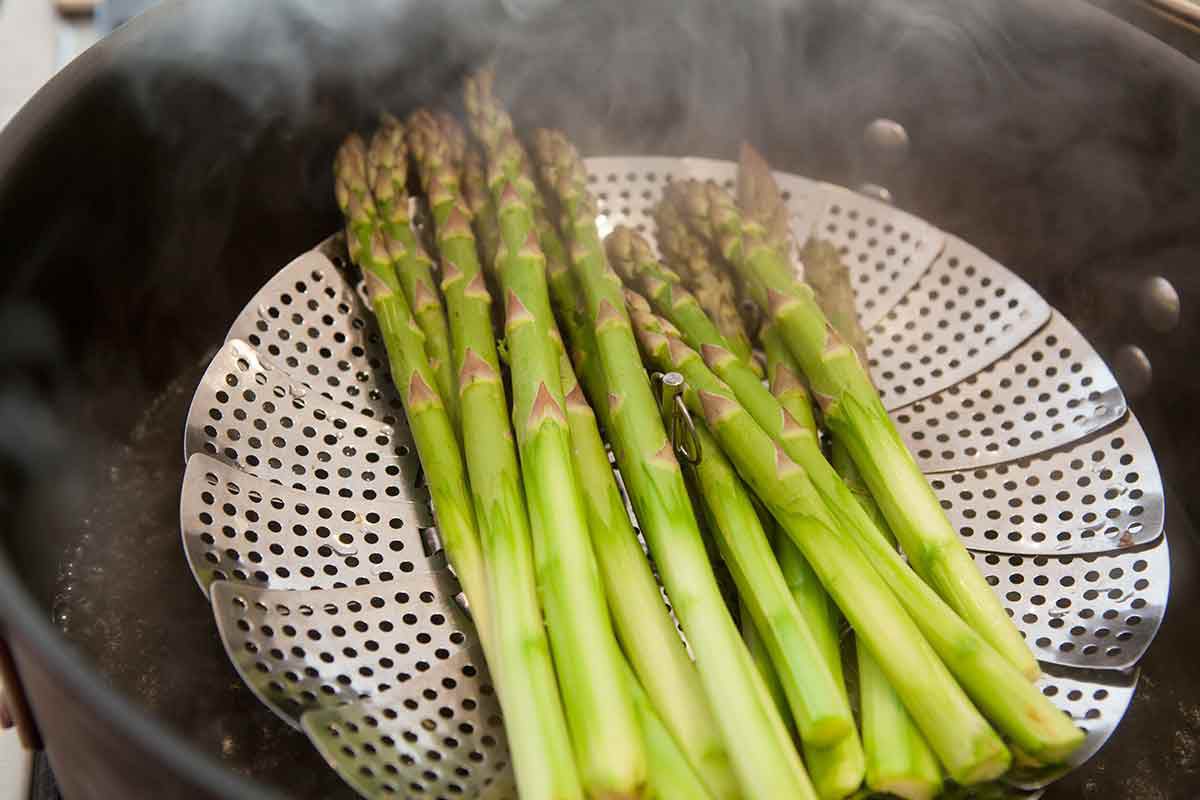
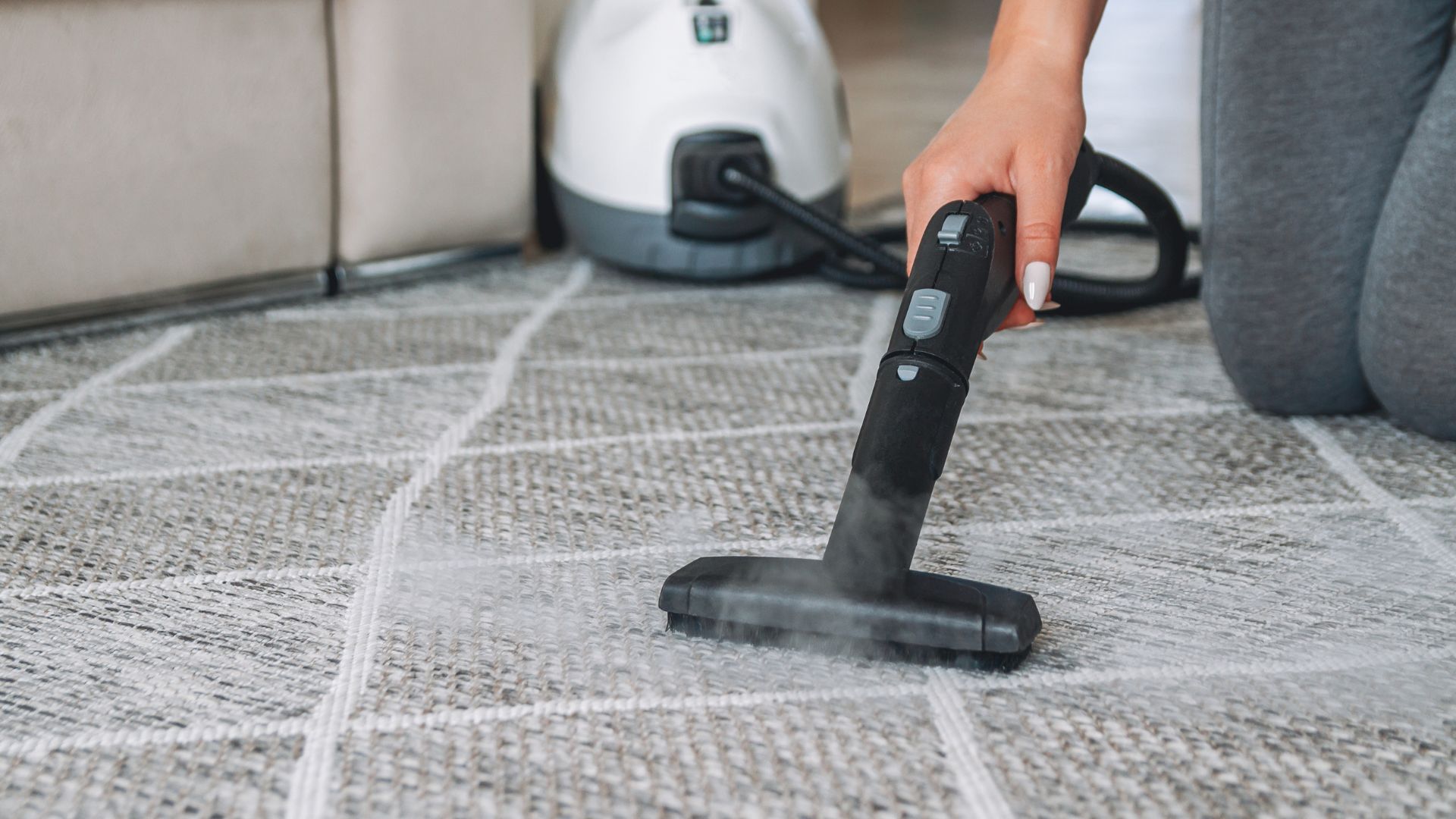

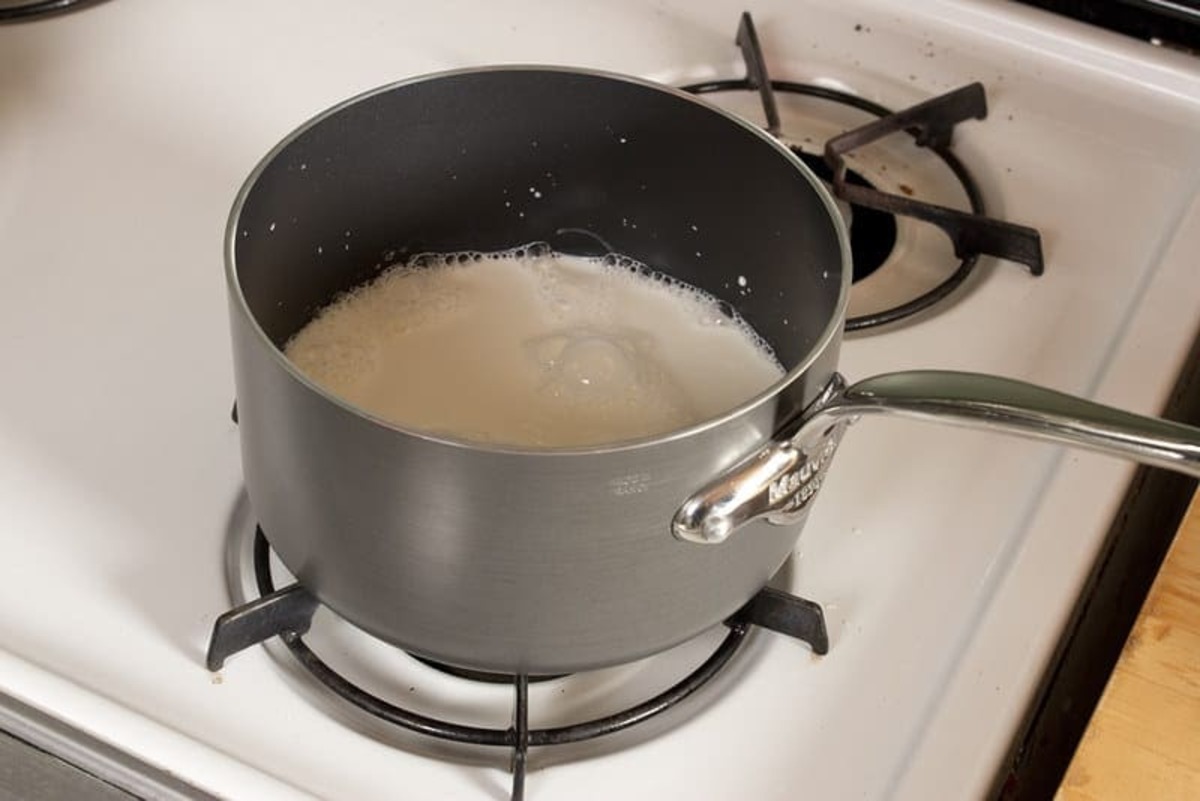
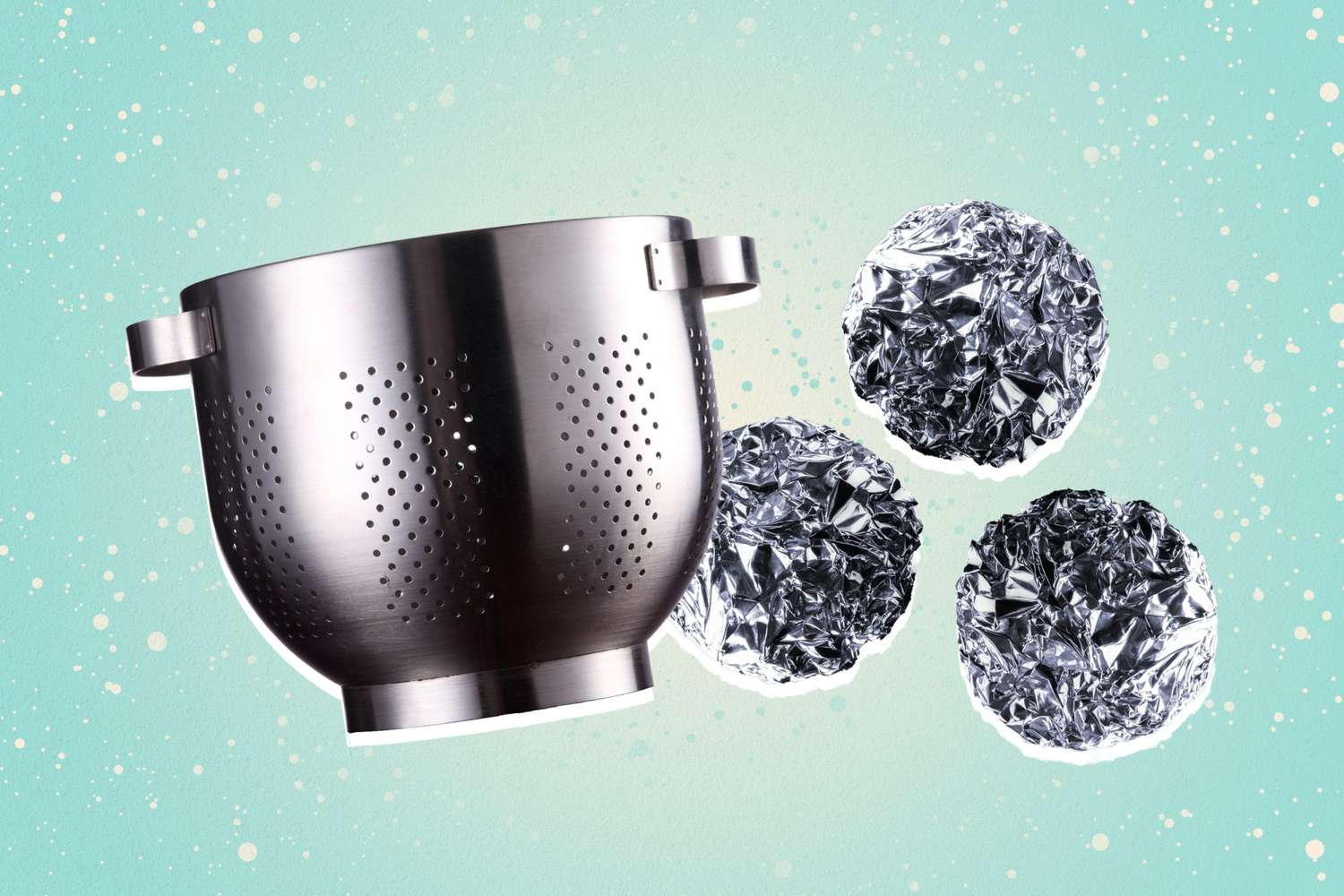


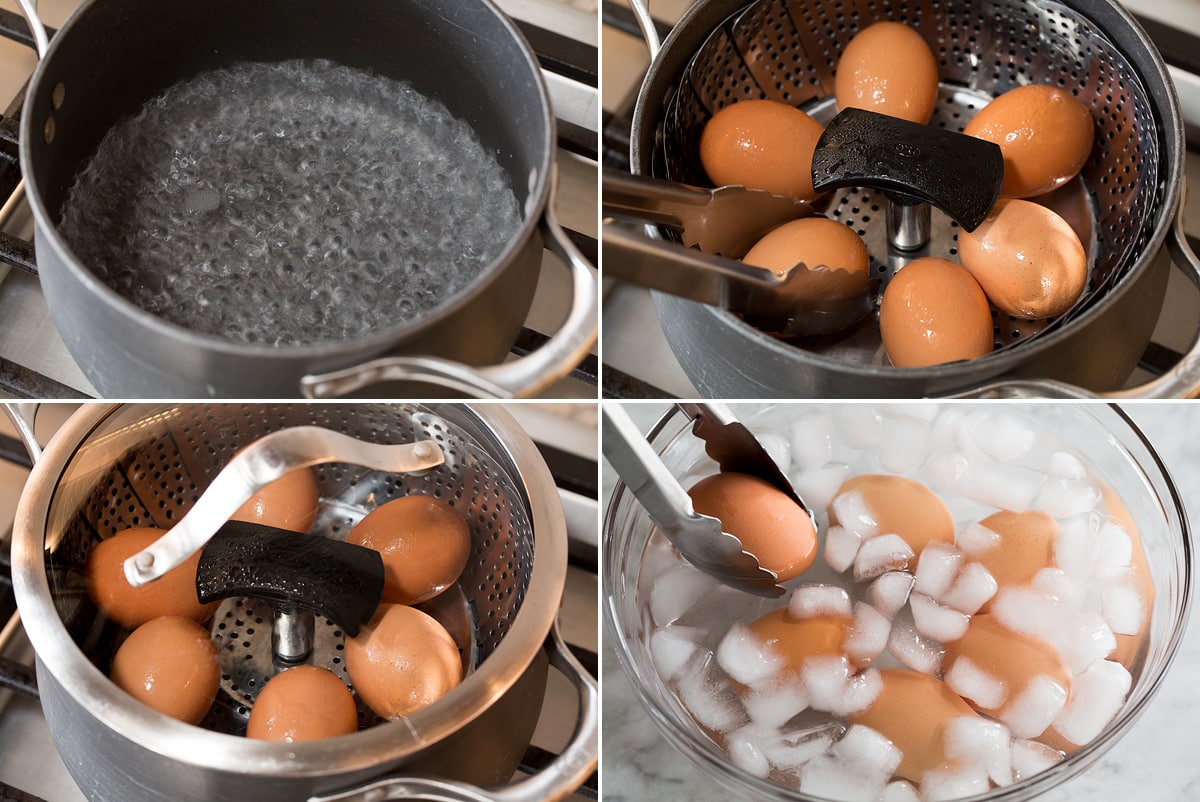
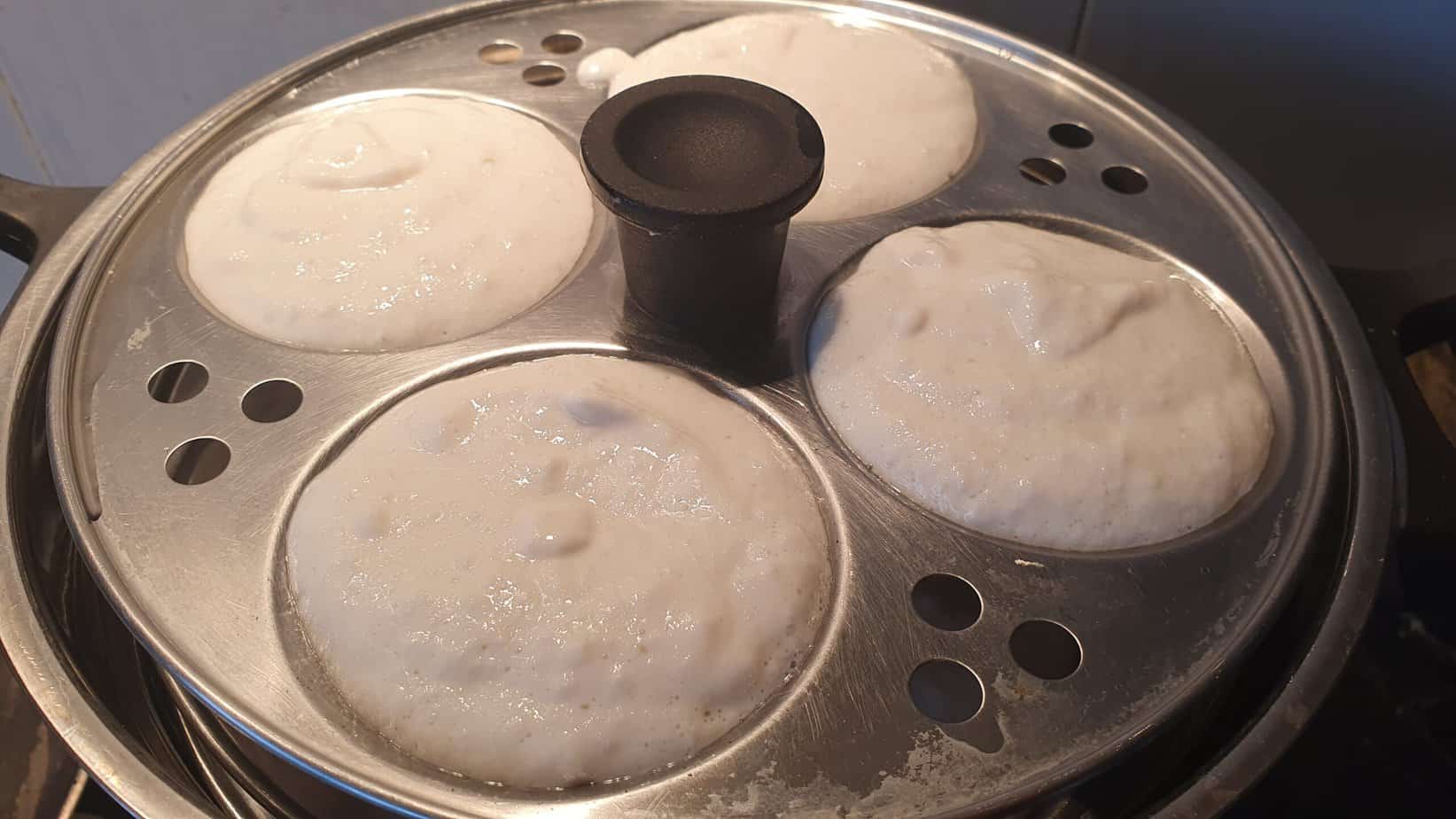
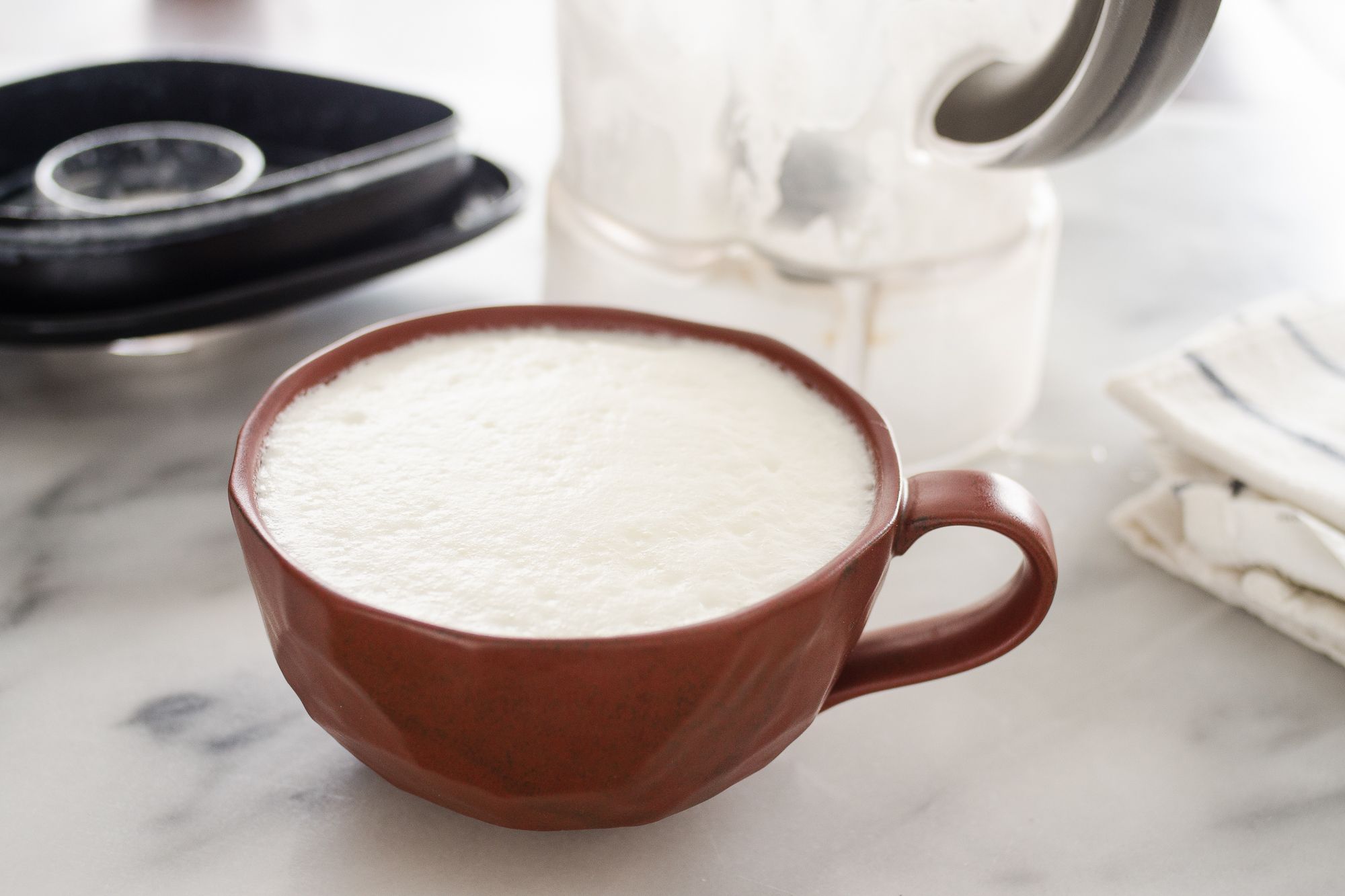
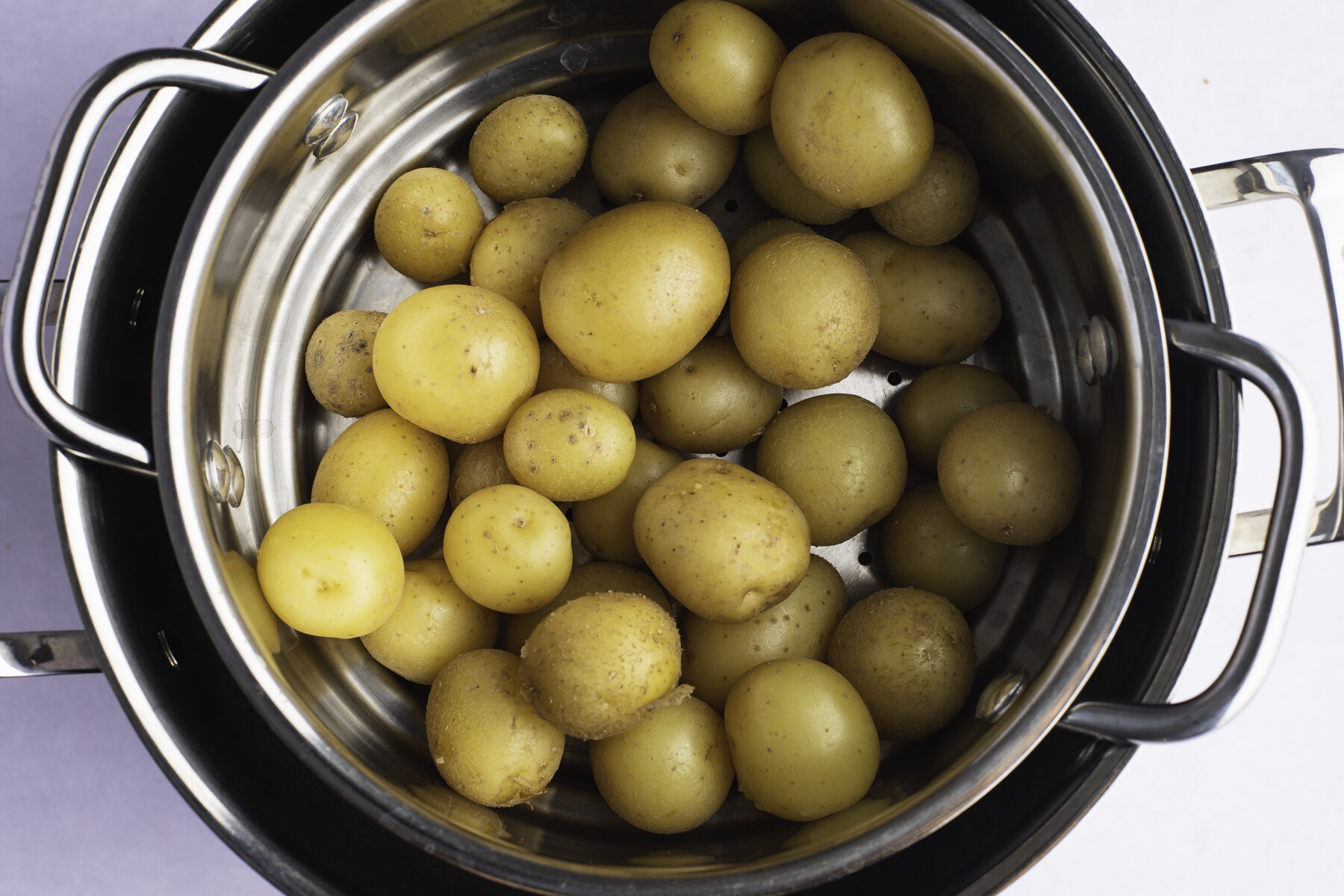


0 thoughts on “How To Steam Veggies With A Steamer”